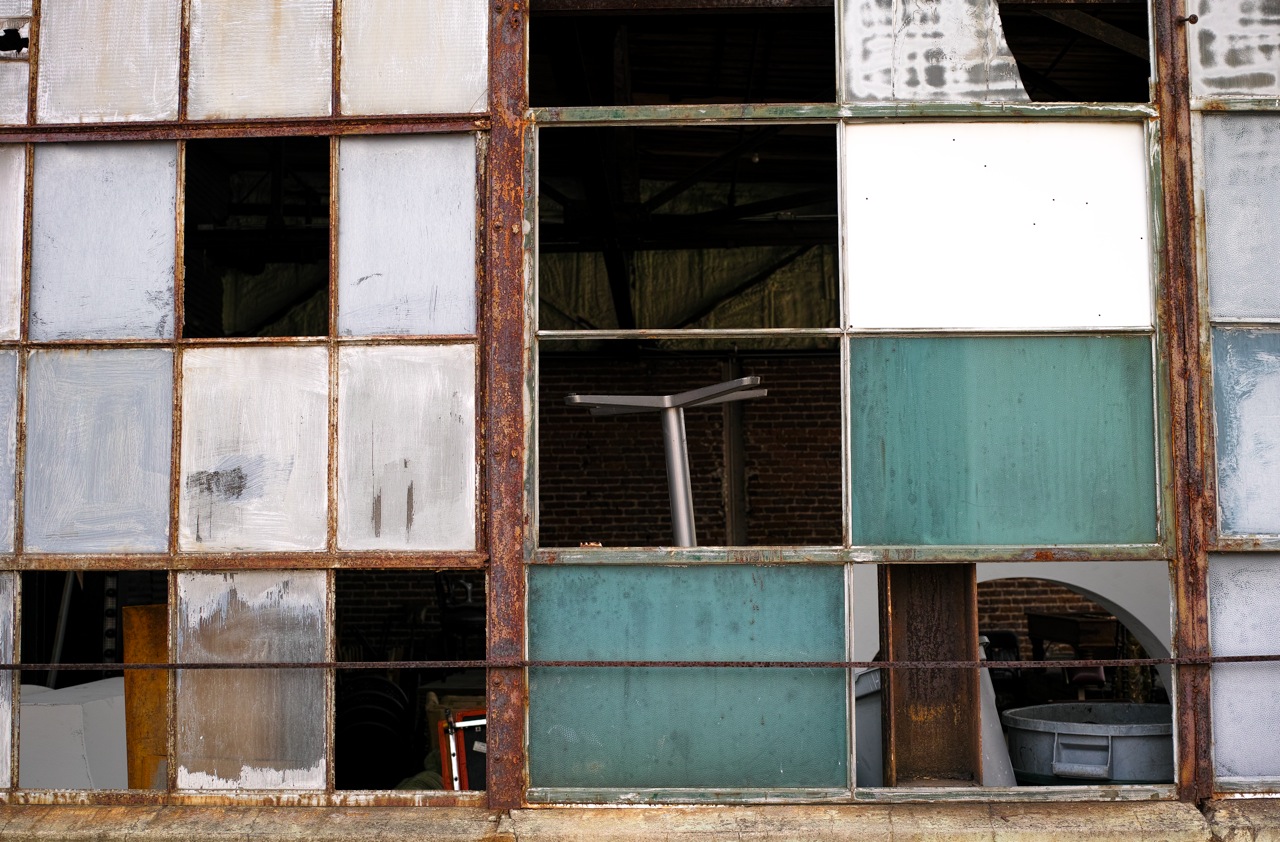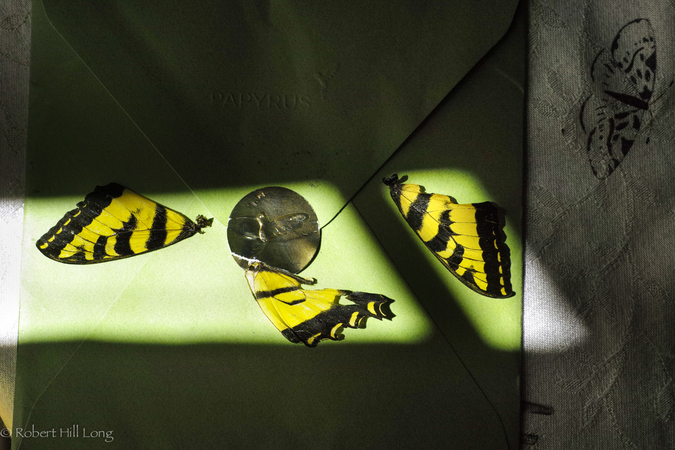rhl-oregon
Cameras Guitars Wonders
Hello DP aficianados, normally i restrict color to film, but on a trip up Highway 101 from San Francisco, I set the dp2 to Landscape color for some images of beaches and surf rocks in bright diffused afternoon light. I also used one or two ND filters (2x, 4x).
The results on a monitor show green casts/patches in the volcanic gray beach sand from a distance. I've heard a bit about green/magenta casts from the Merrill, but since I rarely shoot color, have paid little attention.
Anything you all can advise (from your own trial/error/best practice) about avoiding funky color cast in the future--other than shoot & process monochrome on the DPM, which I do 95% of the time?
(Btw I was duplicating some of these images with the Bronica RF645/Provia--no color cast expected there...)
The results on a monitor show green casts/patches in the volcanic gray beach sand from a distance. I've heard a bit about green/magenta casts from the Merrill, but since I rarely shoot color, have paid little attention.
Anything you all can advise (from your own trial/error/best practice) about avoiding funky color cast in the future--other than shoot & process monochrome on the DPM, which I do 95% of the time?
(Btw I was duplicating some of these images with the Bronica RF645/Provia--no color cast expected there...)







